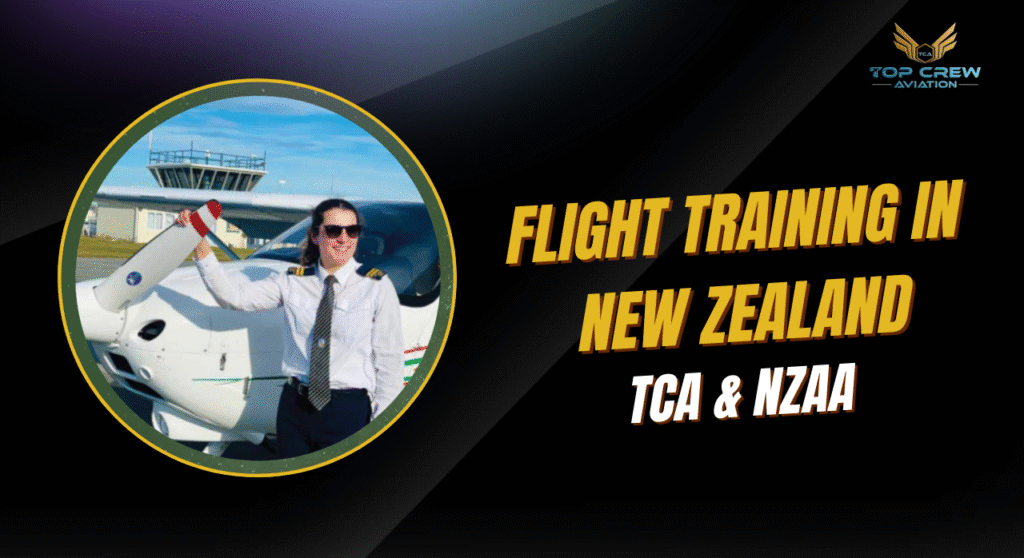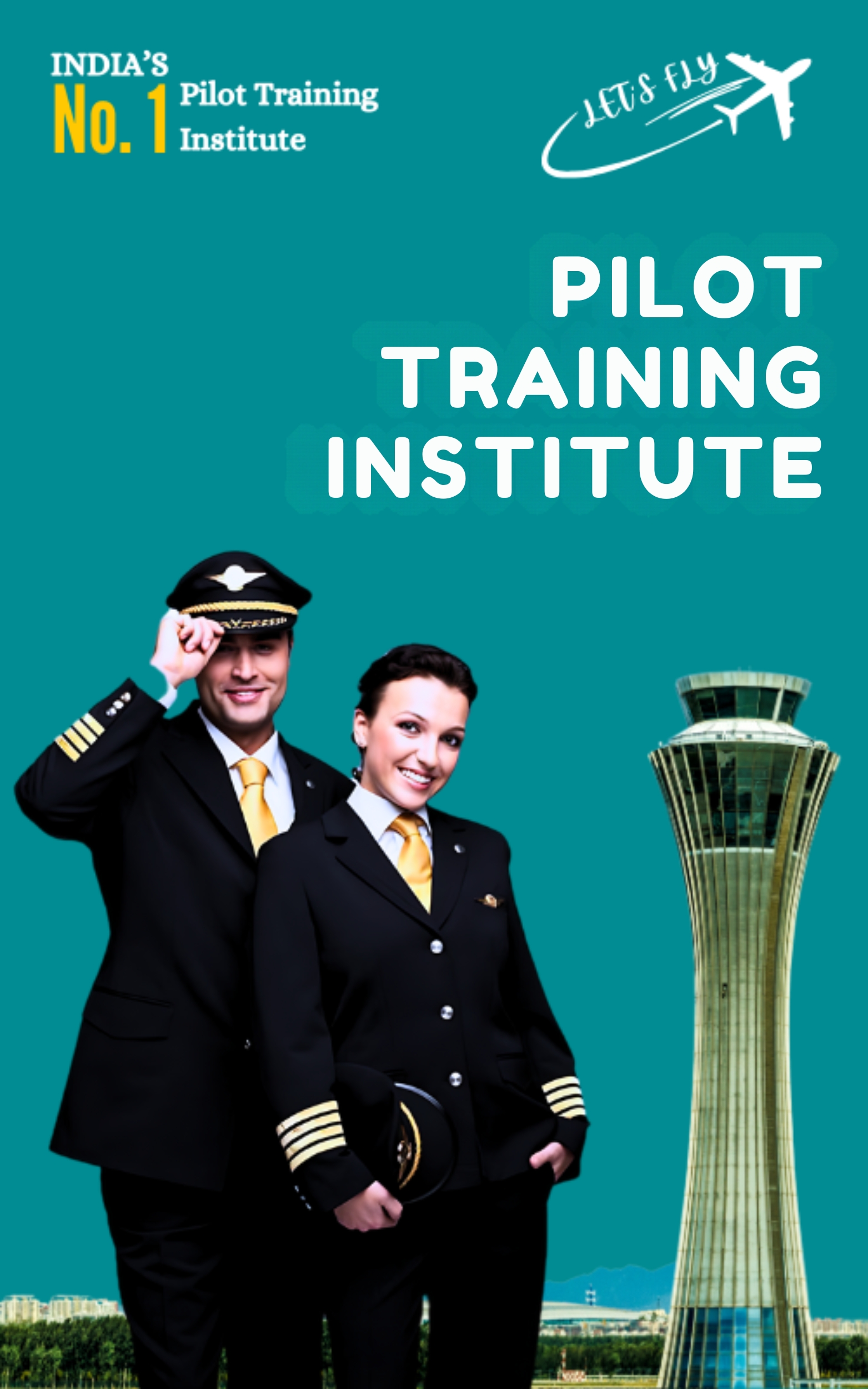Flight Training in New Zealand – TCA & NZAA
For many aspiring aviators, becoming a pilot isn’t just a career—it’s the fulfillment of a lifelong dream. The excitement of sitting in the cockpit, navigating across borders, and commanding an aircraft is unmatched. Yet, passion must be supported with the right training, international exposure, and globally recognized qualifications to succeed in today’s competitive aviation industry.
That’s why Flight Training in New Zealand has become one of the most sought-after choices for Indian students. Known for its world-class aviation infrastructure, versatile fleets, and safe flying environment, New Zealand offers conditions that truly prepare students for real-world airline operations. From calm skies to unpredictable coastal winds and mountainous terrain, trainees learn to handle diverse challenges, making them confident and capable pilots.
Through the exclusive collaboration between Top Crew Aviation (TCA) in India and the New Zealand Airline Academy (NZAA), students receive a clear, step-by-step pathway to becoming airline-ready pilots. The process begins in India, where TCA helps candidates meet DGCA requirements, and continues in New Zealand under CAA-approved training standards. This dual-structured approach ensures students gain both Indian and international recognition, boosting employability with leading airlines worldwide.
In this guide, we’ll explore why New Zealand stands out as a premier training destination, how the TCA & NZAA program works, what costs to expect, and the career advantages it unlocks for aspiring pilots.
Why New Zealand is a Global Hotspot for Pilot Training
New Zealand is often described as an “open-air classroom for pilots.” Here’s why it stands out:
Real-World Flying Conditions
Unlike some countries where students only experience calm weather, New Zealand offers:
- Varied weather: from sunny coastal skies to strong winds.
- Mountainous terrain: great for navigation and situational awareness.
- International-standard airspace: students get exposure to real airline-style operations.
International Recognition
- The CAA (Civil Aviation Authority of New Zealand) licenses are globally respected.
- Easier conversion to DGCA licenses for Indian students.
- Many graduates go on to fly for international airlines in Asia, the Middle East, and beyond.
Safer and Student-Friendly
- Ranked among the safest countries for international students.
- Public Trust system for fee protection—your money is safe until training is delivered.
- Multicultural environment with a large community of Indian students.
Quick Comparison: India vs. New Zealand
| Aspect | India | New Zealand |
| Training Duration | 18–24 months | 10–12 months |
| Weather Exposure | Mostly clear skies | Varied (mountains, coasts) |
| Recognition | DGCA only | CAA + DGCA convertible |
| Training Fleet | Often limited | Modern, versatile (Tecnam, Cessna) |
| Safety Standards | Vary by school | Strict global benchmarks |
Bottom line: Training in New Zealand equips you with flying confidence that airlines value, while finishing faster than in India.
Read Also – Science v/s Arts/Commerce Students – Who Can Become a Pilot Now? DGCA’s New Rules Explained
Admission & Training Pathway with TCA + NZAA
One of the most common concerns for Indian students is: “How do I start?” The TCA + NZAA pathway simplifies this.
Step 1: Foundation in India (TCA)
- Medical Check (Class II & I) – Mandatory before starting.
- DGCA Ground School – Cover subjects like Air Navigation, Air Regulations, Meteorology.
- DGCA Exams – Clear at least 3 exams to qualify for CPL conversion later.
Step 2: Admission to NZAA
- Submit passport + admission form.
- Receive offer letter, enrollment pack, and fee schedule.
- Pay NZD 4,000 enrollment fee (kept safe in Public Trust).
Step 3: Visa Application
- Deposit NZD 20,000 first installment.
- Use the receipt for visa processing at Immigration NZ.
- English proficiency (IELTS/PTE) required.
Step 4: Travel & Arrival
- Book tickets once visa is approved.
- NZAA arranges accommodation and orientation.
Step 5: Training in New Zealand
- Ground Training (CAA exams).
- Flight Training: 232 hours across single-engine, simulator, and multi-engine aircraft.
- Mentorship, safety checks, and personalized support throughout.
This structured pathway is designed so that students don’t feel lost. From medical clearance in India to your first solo in New Zealand, everything is handled step by step.
Course Details & Training Duration
The Flight Training in New Zealand with TCA & NZAA is comprehensive yet fast-paced.
Ground Training
- DGCA Subjects already covered in India.
- CAA Classes in NZ include navigation, aviation law, human factors, and flight performance.
Flight Training Breakdown
- 187 hours – Cessna 152 & Tecnam P2008 (single engine).
- 15 hours – Tecnam P2006T (multi-engine).
- 20 hours – Simulator training.
- Solo flights + cross-country missions – building real command confidence.
Duration
- 10–12 months total (faster than many countries).
- Intensive schedule with continuous mentorship.
Unique Features
- In-house examiners—no waiting months for flight checks.
- Airline-experienced instructors who bring practical cockpit wisdom.
- Exposure to challenging flying conditions = stronger pilot skills.
By the end of this course, you’ll hold a CAA Commercial Pilot License ready for conversion into a DGCA CPL, making you employable both in India and abroad.
Fees, Costs & Financial Planning
Training abroad is a big financial decision, so transparency matters.
Cost Breakdown (Approximate)
- Enrollment Fee: NZD 4,000 (~₹2.1 Lakhs)
- Flight Training (232 hrs): NZD 111,000 (~₹59.9 Lakhs)
- Accommodation + Food (12 months): NZD 24,000 (~₹12.9 Lakhs)
- Visa Fee: NZD 900 (~₹48,000)
- Insurance: NZD 800 (~₹43,000)
- Medical (NZ Class 1): NZD 400 (~₹21,000)
- English Test (IELTS/PTE): NZD 360 (~₹19,000)
- Tickets (Round Trip): NZD 2,500 (~₹1.3 Lakhs)
Total Estimate: ~NZD 144,000 (₹77–78 Lakhs)
Payment System
- Public Trust Account ensures your fees are safe until services are delivered.
- Only two installments required: one before visa, one later.
- Reduces financial risk for parents and students.
Pro Tip
Students should also budget ~NZD 3,000–5,000 for personal expenses (travel, gadgets, outings).



